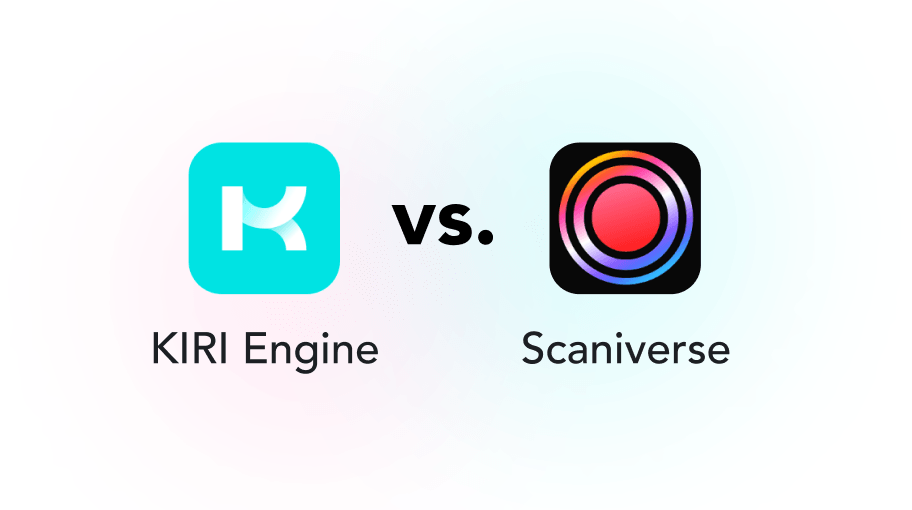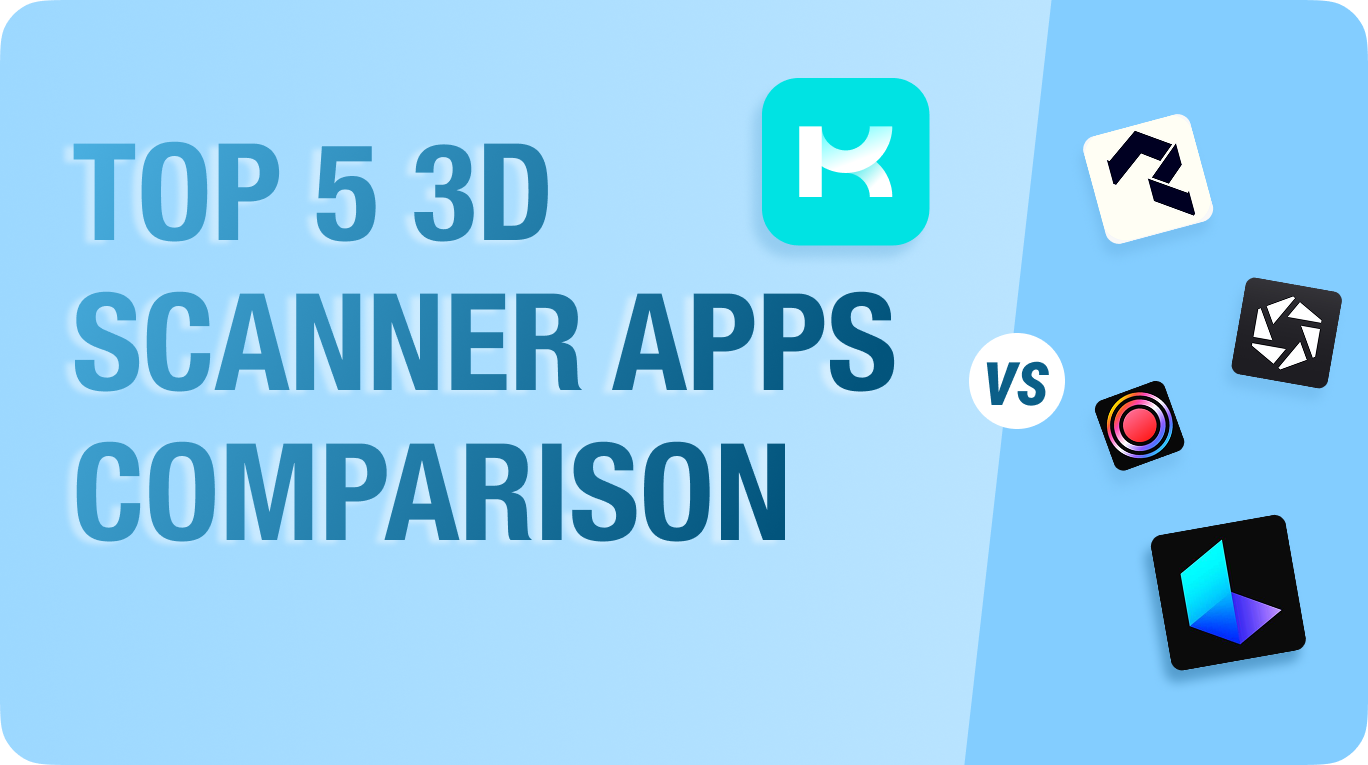KIRI Engine vs. Luma AI
Understand what you're scanning needs are to pick the best tool that suits your 3D scanning needs.
.CPPgwRq_.png) KIRI Engine vs. Luma AI
KIRI Engine vs. Luma AI
KIRI Engine vs. Luma AI: what are your scanning goals?
Luma AI, known for its realistic 3D visuals powered by cloud-based algorithms, is well known for its interactive scenes and magic reveal, which are representations of 3D gaussian splatting.
.BnEcawUQ.png) Luma AI's official homepage.(From the Luma AI website)
Luma AI's official homepage.(From the Luma AI website)
These features have both the advantages and disadvantages of 3D gaussian splatting, while glamorously presentable, the visualizations fail to be directly implemented into professional 3D creation pipelines, as the mesh generated is subpar and falls short in meeting consistent quality standards.
In contrast, KIRI Engine excels in offering ready-to-use 3D models and visualizations that seamlessly integrate into production pipeline workflows. Its array of scanning methods provides significant versatility, enabling users to create both pre-visualizations and ultra-realistic 3D meshes in widely-used formats.
.BSQLu9vi.png)
KIRI Engine effectively addresses all critical steps in individual workflows, making it an essential tool for achieving high-quality outcomes in various production stages.
Key Differences: what to expect in each app?
KIRI Engine is a comprehensive 3D scanner application, offering an array of advanced 3D scanning methods consistent on it's supported platforms: Android, iPhones, and on the web. It enables users to seamlessly incorporate projects into a variety of workflows, from visualizing environments using 3D gaussian splatting and creating intricate meshes with Photo Scan, to leveraging cutting-edge machine learning for 3D reconstruction with Featureless Object Scan.
KIRI Engine's versatile solutions cater to practical usage across various objects and surfaces, ensuring high-quality results for diverse scanning needs.
In contrast, Luma AI concentrates primarily on brief 3D visualizations as opposed to mesh utilization. As its emphasis has shifted to 3D gaussian splatting, the practical usage of Luma AI's tools becomes limited, making it a decent visualization assistant but not quite a reliable segment of one's professional workflow.
Moreover, Luma's computing power is heavily dedicated to its video generation algorithms-The Dream Machine, which has led to increased queue times and longer processing periods for models and visualizations.
Which one should I choose?
Selecting the right 3D scanner application is crucial for your individual workflow. If your goal is to create realistic, ready-to-use 3D models with an intuitive scanning and processing experience, the straightforward KIRI Engine is the optimal choice.
KIRI Engine offers advanced 3D scanning solutions, including Quad-Mesh Retopology and PBR texture exports, ensuring high-quality, production-ready models.
Additionally, it features cutting-edge 3D Gaussian splatting for accurate visualizations, enhancing the fidelity and detail of the generated models.
.fQm2gNOU.png) KIRI Engine's Quad-Mesh Retopology and PBR export features.
KIRI Engine's Quad-Mesh Retopology and PBR export features.
In comparison, while Luma AI provides a robust 3D Gaussian splatting solution, it falls short in mesh production and direct workflow integration. Luma AI can serve as an inspiration tool for direct visualizations, but its unintuitive and inconsistent interfaces, coupled with long queue times, make it less reliable for artists who need a comprehensive 3D scanner app.
This makes KIRI Engine the superior choice for those seeking efficiency and high-quality output in their 3D scanning workflows.


